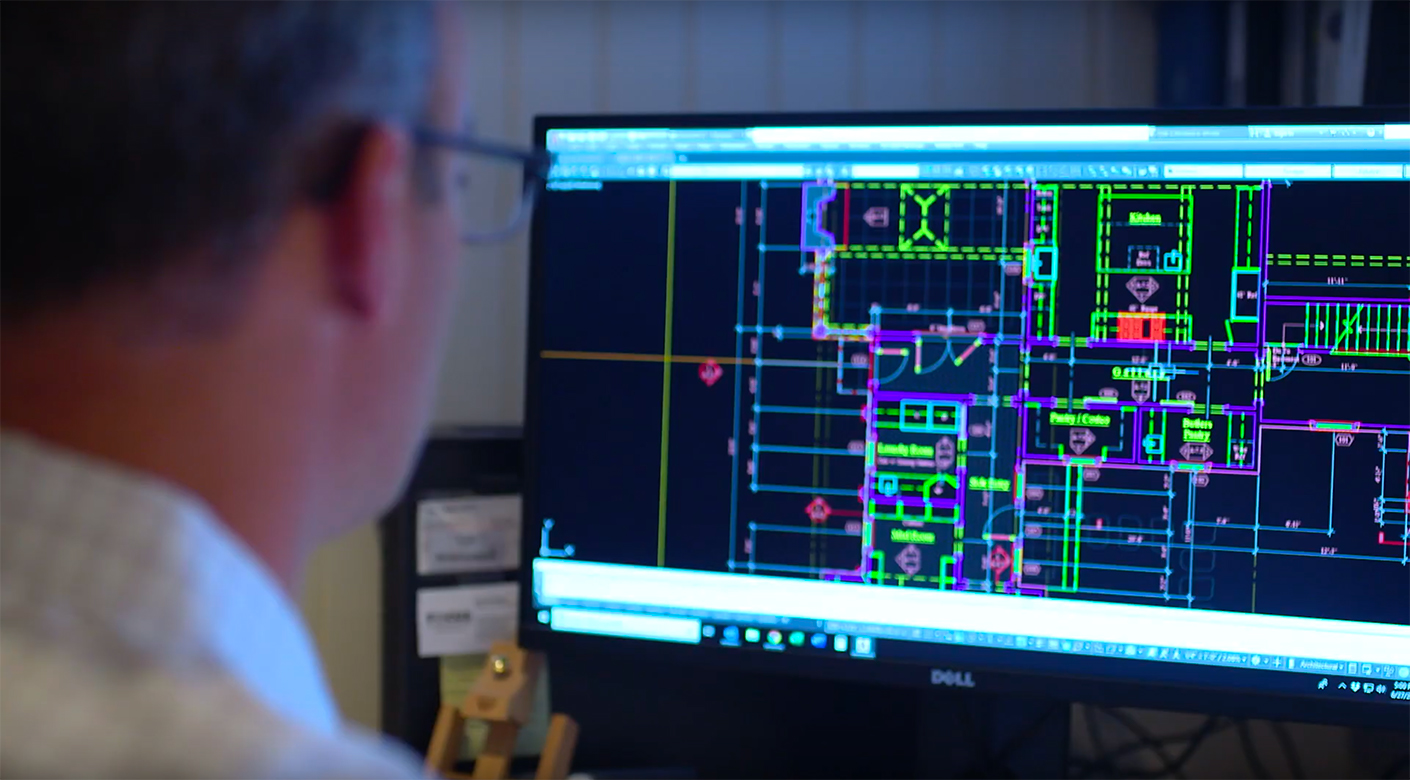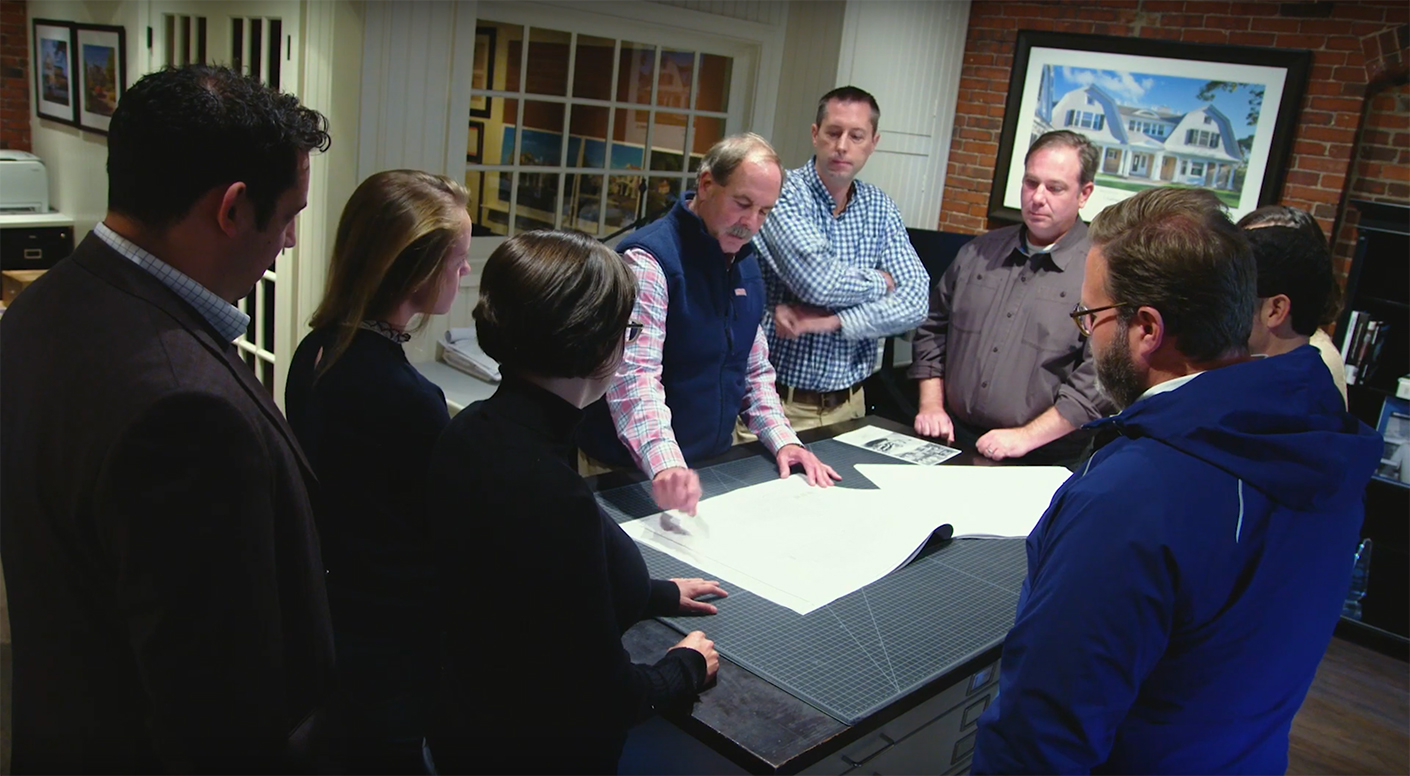Maybe you were bitten by the bug while renovating your home. Or maybe you’ve been drawing floor plans in your basement since you were a kid. Whatever the case, the concept of architecture as a career can be both exciting and daunting. After more than four decades of practice, we are often asked the best place to begin. For aspirational architects, career-changers, and enthusiasts alike, below are our three most important directives when considering architecture as a career.

1. Pursue the gold standard of education.
Academic training for architects involves a traditional 5-year program leading to an undergraduate degree in architecture. Our strong recommendation is to invest in yourself and to pursue this education. Our favorite programs in classical architecture are presented by the University of Notre Dame. Once there, coursework in zoning, business, law, and real estate development will be critical for future success.

For career-changers or individuals who already hold an undergraduate degree, we highly recommend programs through the Boston Architectural College. A professional college dedicated to architecture and design, the BAC grants both bachelor and master degrees in architecture which can be pursued both in person and online. By starting with a course or two at the BAC, enthusiasts can explore whether the profession is something they might wish to pursue full time.

In addition to the gold standard of education, we strongly recommend taking the ARE (Architect Registration Examination) licensure exam while you are still a student. Look for IPAL, or Integrated Path to Architectural Licensure, programs to ensure this can happen. The IPAL path grants students a way to complete core licensure requirements while earning a degree and provides the opportunity to earn a license in less time by pursuing both experience and examination during your education.

2. Beyond the classroom, learn from masters.
Patrick often shares that his work as an architect was influenced by his early years working for Ben Thompson and The Architect’s Collaborative (formerly Walter Gropius), two of the original members of The Architect’s Collaborative. Once an educational foundation in architecture is achieved, we recommend seeking your own masters to learn from, taking a job at the most influential firm you can. Should you be in a corner of the globe smaller than Boston, New York, San Francisco, or Miami, start by looking for influencers in your area. Study what they’re doing and follow their work on social media. Enroll in lectures or seminars that may be available to you, including Patrick Ahearn’s own Studio series. All of these are ways to continually grow and be inspired by architectural leaders.

3. On the road of life, pursue your passion and personal style.
After relocating from New York to New England, our founder Patrick Ahearn found the richness and diversity of expression within classic New England vernacular a wonderful range to work within. From shingle-style homes to federal colonials and Greek revival properties, his timeless signature style with keen attention to intimacy and scale was refined through countless projects over decades of practice.

In working to develop your own style, pursue exciting projects which represent the most growth for you as an architect. If it’s regionalism or a particular range you find most thrilling, stick with it. You will be proudest of seeing those projects come to fruition. Most of all, remember that if you’re fortunate, your career will span decades. As architects above all appreciate, Rome wasn’t built in a day—and your personal style won’t be either. Continue to work and to grow until you realize your own style, then take it as far as you can. We’ll look forward to seeing where the journey takes you.
Considering a career in architecture? Don’t miss our complimentary online class series Patrick Ahearn’s Studio. We wish all readers the best of luck and opportunity as they pursue our chosen profession.